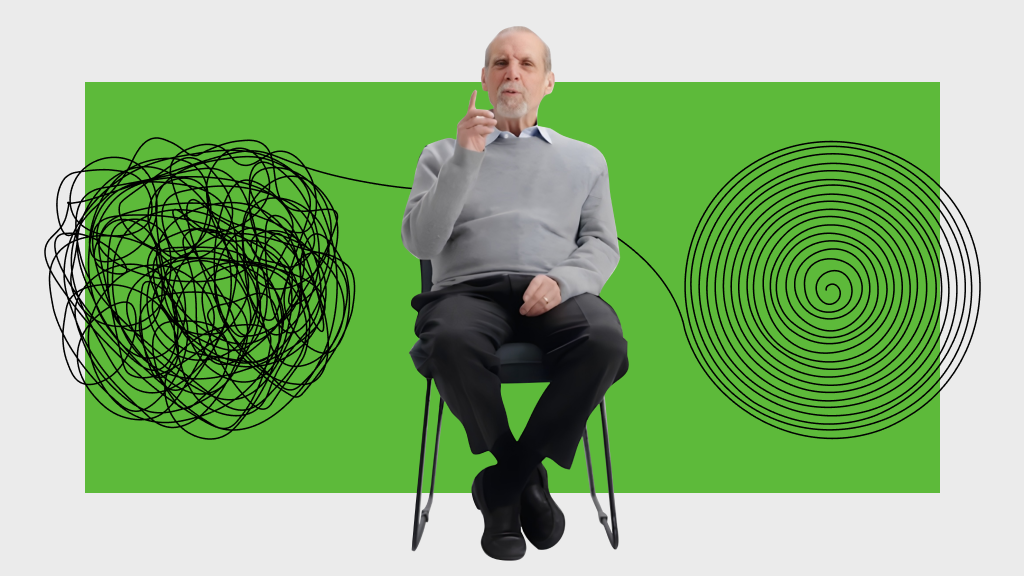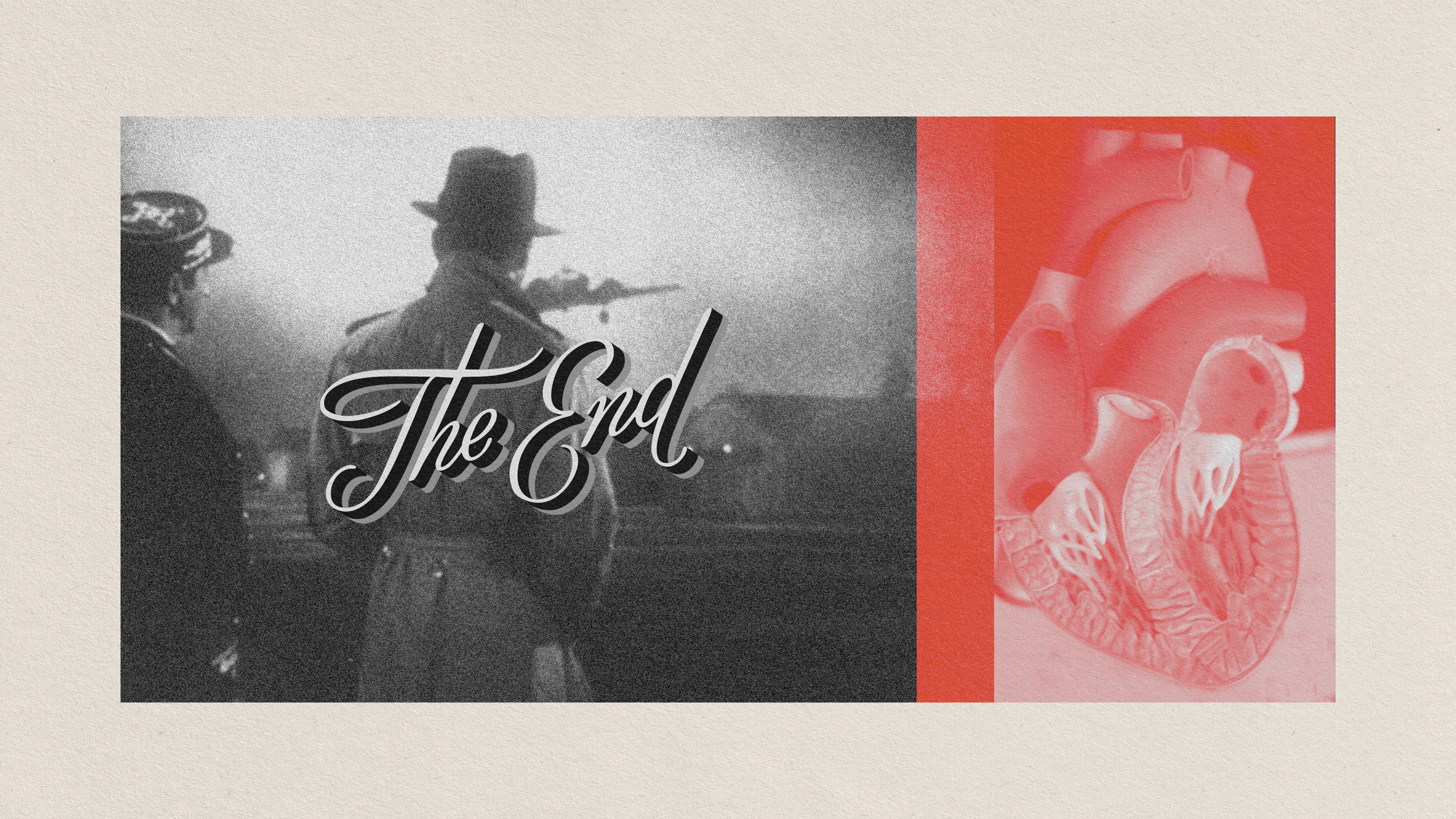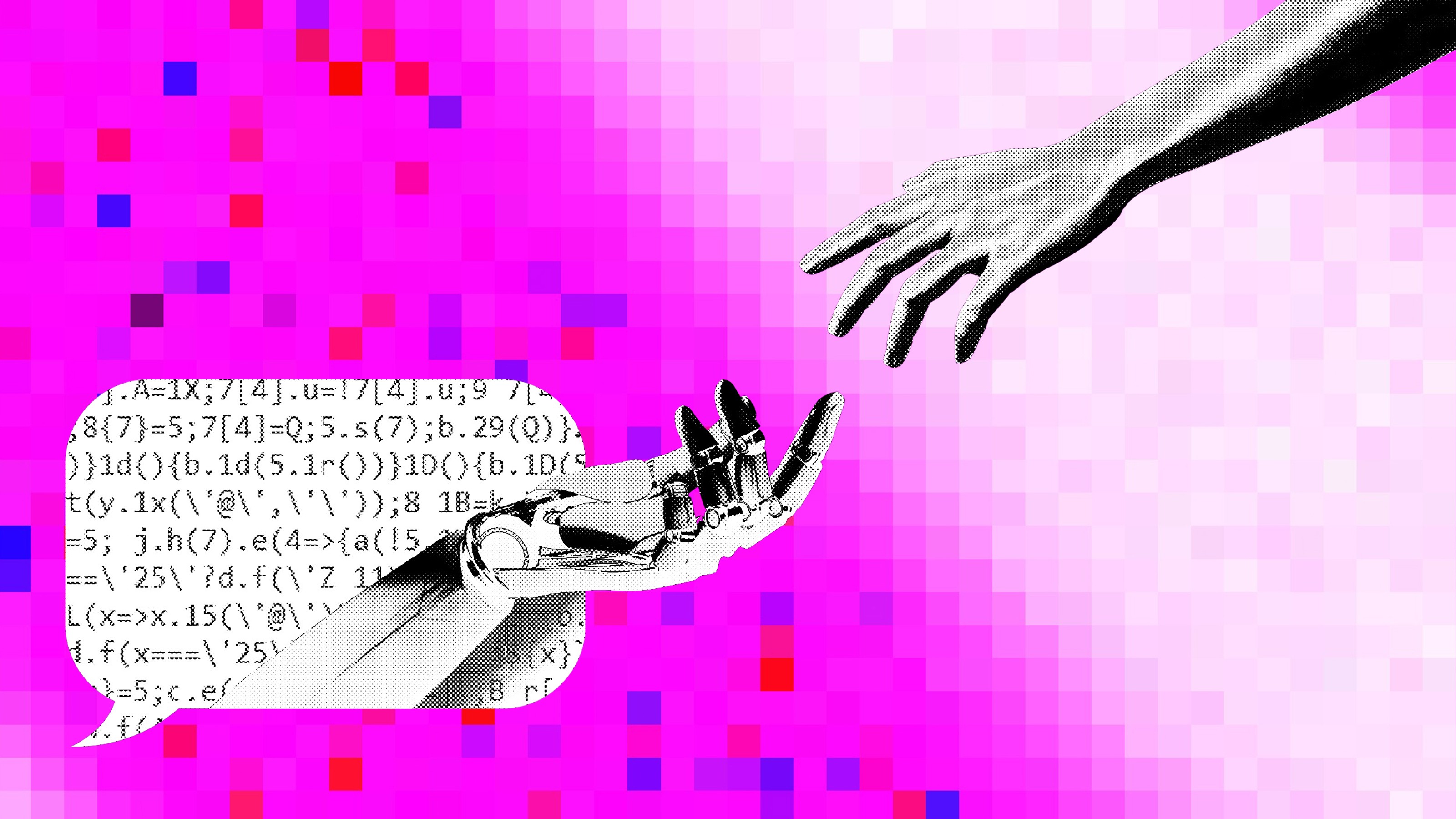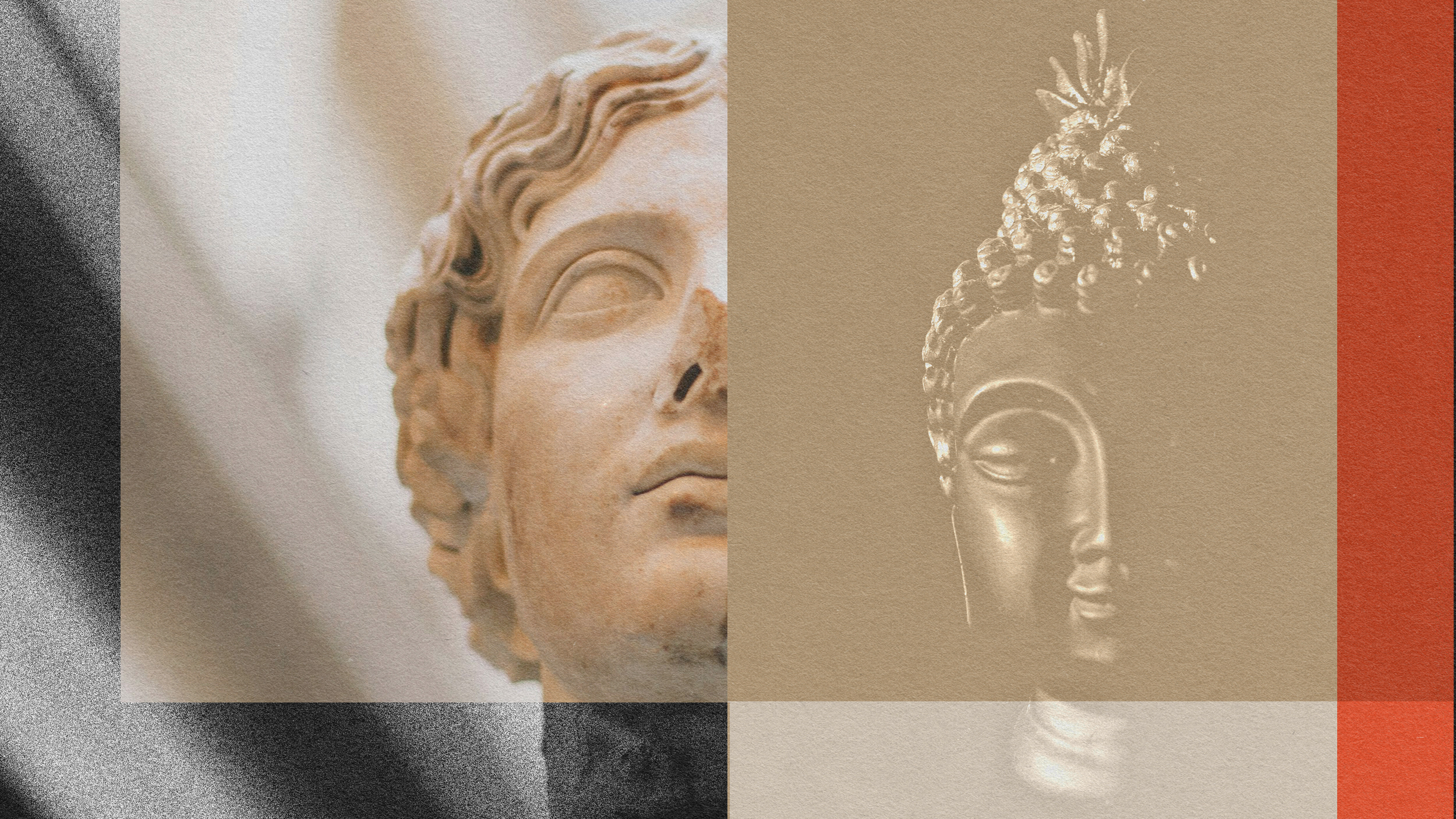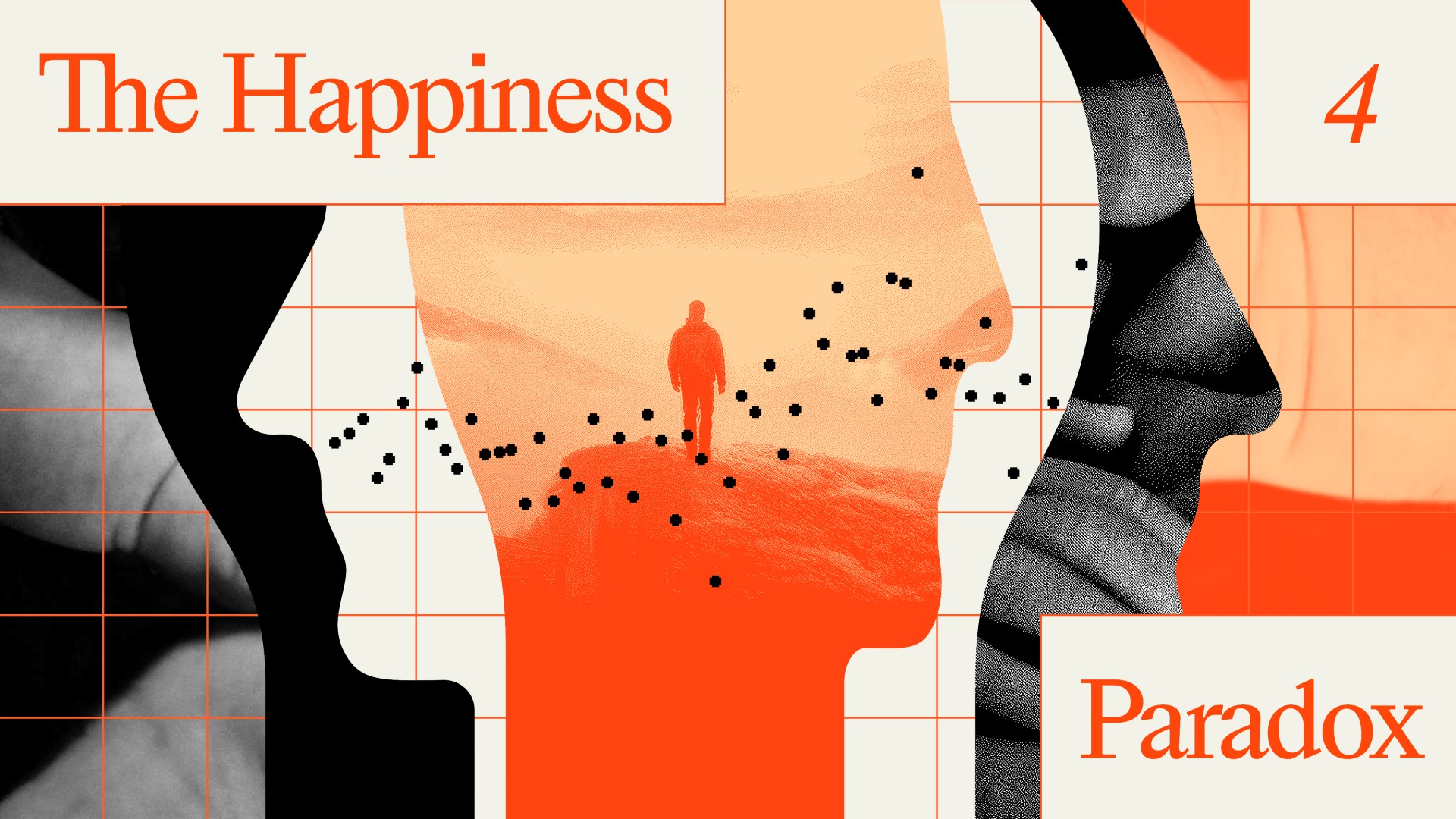Five Reasons You Should Be Less Empathetic

“I feel your pain,” President Bill Clinton liked to say, teeth clamping his lower lip. President Obama has expressed the same sentiment. He champions empathy as a characteristic of a great Supreme Court justice and a moral emotion everyone ought to cultivate:
[T]o see the world through the eyes of those who are different from us—the child who’s hungry, the steelworker who’s been laid off, the family who lost the entire life they built together when the storm came to town. . . . When you think like this—when you choose to broaden your ambit of concern and empathize with the plight of others, whether they are close friends or distant strangers—it becomes harder not to act, harder not to help.
In an essay at the Boston Review, Yale psychologist Paul Bloom takes unlikely aim at empathy. He attacks empathy not because it’s impossible to feel other people’s pain—he thinks we can, in fact, experience the plight of another person—but because such a state of mind does a disservice to both the empathizer and the individual on the receiving end and fails to make the world a better place. Here are five reasons not to shut off your empathy receptors entirely (if that were even possible) but to moderate the work they do in your relationships and your life.
#1. You probably have a soft spot for the wrong people
It’s easier to empathize with a loved one or a close friend than with a stranger across town or on another continent. That’s why philanthropy tends to be tribal: if you have a close relation diagnosed with Multiple Sclerosis, chances are you’ll send money to support MS research rather than to the Alzheimer’s Association. That alone is not a terrible thing. But this tendency of “think local, act local” is not necessarily the best way to get the biggest bang for your charitable buck. Moreover, since we tend to empathize more with people who are more attractive or look like us, we may not be empathizing with the people most deserving of our emotional investment.
#2. You miss the forest for the trees
When it comes to choices involving more than one person, Mr. Bloom says, empathy clouds our judgment. “Our public decisions will be fairer and more moral,” he writes, “once we put empathy aside”:
Our policies are improved when we appreciate that a hundred deaths are worse than one, even if we know the name of the one, and when we acknowledge that the life of someone in a faraway country is worth as much as the life a neighbor, even if our emotions pull us in a different direction. Without empathy, we are better able to grasp the importance of vaccinating children and responding to climate change. These acts impose costs on real people in the here and now for the sake of abstract future benefits, so tackling them may require overriding empathetic responses that favor the comfort and well being of individuals today.
Empathy, in other words, gets in the way of sound moral reasoning and philanthropic service. It cons us into becoming too emotionally attached to those near and dear to us—and to people who happen to be inhabiting the planet at the moment—to the exclusion of future generations and needier people outside our social circles.
#3. You are more likely to develop unhealthy relationships (especially if you’re a woman)
Another potential downside of too much empathy is personal. Research shows that feeling too much of your partner’s pain can lead to relationship asymmetries: an imbalance between what you give and what you take. And one-way empathy can even bring on, and sustain, domestic violence, as the recent #whyIstayed hashtag campaign confirms.
#4. Empathy is emotionally exhausting (but compassion is not)
The distinction between taking part in another’s pain (empathy) and soothing a person who is in pain (compassion) has been confirmed by functional MRI studies. Only compassion is a sustainable, healthy emotion for people counseling others through tragedies or painful periods in their lives. Mr. Bloom again:
In a series of studies using fMRI brain scanning, [Matthieu] Ricard [a Buddhist monk and meditation expert] was asked to engage in various types of compassion meditation directed toward people who are suffering. To the surprise of the investigators, these meditative states did not activate parts of the brain that are normally activated by non-meditators when they think about others’ pain. Ricard described his meditative experience as “a warm positive state associated with a strong prosocial motivation.”
He was then asked to put himself in an empathetic state and was scanned while doing so. Now the appropriate circuits associated with empathetic distress were activated. “The empathic sharing,” Ricard said, “very quickly became intolerable to me and I felt emotionally exhausted, very similar to being burned out.”
Caregivers and people who work with terminally ill patients could not perform their role effectively were they to throw themselves headlong into the other person’s trauma. This comment from one of Mr. Bloom’s readers bears that out:
I worked for sixteenth months on night shift at one of the country’s top children’s hospitals caring for kids with cancer…Every night, when I came to work, I knew that perhaps two of the seven children I would be caring for would eventually die. Nothing altered those statistics. Some were very young. Some had only a mother who was carrying too great a load. Worst of all, two were dying with no family ever visiting them. Empathy had a role in what I was doing, but only a limited one. I simply couldn’t grasp what it was like to be Eli, two years old and dying with only an emotionally distraught mother for support. Trying to do that would only leave me too distracted to do my job. Instead, I focused on what I needed to do.
#5. People in pain don’t want you to feel their pain; they want you to be there for them
A good example of this principle is the Jewish custom of mourning. When paying a shiva call (visiting the bereaved), visitors should be quiet or silent and simply be there for the mourner. No attempts to distract the mourner are appropriate, nor are officious signs of grief. The person grieving is soothed from the kind, compassionate presence of a friend, not the friend’s attempt to feel the same extent of the grief himself. This idea holds in other contexts. Paul Bloom tells the story of Leslie Jamison, an author who was once an actor feigning ailments for medical students.
[W]hen she discusses her real experiences with doctors, her assessment of empathy is mixed. She met with one doctor who was cold and unsympathetic to her concerns, which caused her pain. But she is grateful to another who kept a reassuring distance and objectivity: “I didn’t need him to be my mother—even for a day—I only needed him to know what he was doing,” she writes. “His calmness didn’t make me feel abandoned, it made me feel secure. . . . I needed to look at him and see the opposite of my fear, not its echo.”
The strange contention that people can be too empathetic has a surprisingly wide array of supporting evidence. This doesn’t mean, of course, that anyone should strive to rid himself of empathy entirely. Everybody, even a Machiavellian, needs some.
Image credit: Shutterstock
